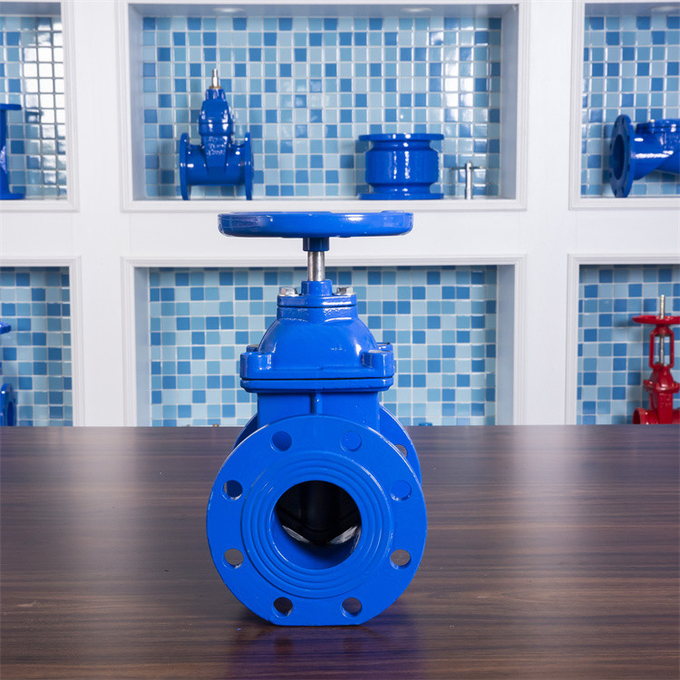Aug . 11, 2024 11:48 Back to list
Creating Your Own DIY Welding Table for Home Projects and Metalworking Needs
Home Welding Table A Crucial Addition to Your Workshop
Creating a dedicated space for welding is essential for any welding enthusiast or professional. One of the most important components of a welding workspace is a well-designed home welding table. A welding table provides a sturdy and safe surface for performing various welding tasks, and investing time into creating or purchasing the right table can significantly enhance the quality of your work. In this article, we will discuss the characteristics of a good welding table, the materials to consider, and tips for optimizing your workspace.
Characteristics of a Good Welding Table
A high-quality welding table should have several key features. First and foremost, it needs to be robust and stable. Welding involves intense heat and sometimes heavy materials, so the table must withstand these demands without wobbling or collapsing. A thickness of at least 1 inch for the tabletop is recommended, with steel being the preferred material due to its strength and durability.
Another important characteristic is a flat and level surface. Welding requires precision, and even minor imperfections in the table can lead to misalignments in your projects. A flat surface allows for better accuracy in welding and makes it easier to work on larger projects.
Additionally, a good welding table should have built-in fixtures like clamps, tool trays, and even magnetic holders. These features help keep your workspace organized and make it easier to secure your workpieces in place, allowing for a more streamlined welding process.
Materials to Consider
When choosing materials for your home welding table, steel is the top choice due to its high strength-to-weight ratio and heat resistance. Mild steel is particularly popular for welding tables because it is relatively inexpensive and easy to work with. Although it may rust if not maintained, applying a coat of paint or protective finish can help extend its life.
home welding table

Some welders also opt for tables made from stainless steel. This material is corrosion-resistant and easy to clean, making it an excellent choice for those who want a low-maintenance option. However, stainless steel can be more costly than mild steel, which may not fit into every welding budget.
Another consideration is the use of composite materials. For instance, some welders create tables with a combination of steel and wood, utilizing the strength of steel with the ease of use that wood provides. A wooden surface can be easier on your tools but may require more care and maintenance over time, especially when exposed to sparks or heat.
Tips for Optimizing Your Workspace
Once you have your welding table set up, consider the overall layout of your workspace. Ensure you have adequate ventilation, as welding generates fumes and gases that can be harmful if inhaled. Position your table near a window or invest in a good extractor fan to maintain air quality.
Moreover, keeping your tools and supplies organized is crucial for efficiency. Consider adding shelves or cabinets nearby to store materials like electrodes, welding rods, and safety gear. This organization will save you time and increase productivity by reducing the need to hunt for tools and materials.
Finally, always prioritize safety. Equip your table with necessary safety gear, including gloves, a welding helmet, and fire-resistant materials to protect your surroundings. Safety should be at the forefront of your mind when setting up your home welding station so that you can enjoy the creative process without compromising your well-being.
Conclusion
In summary, a home welding table is an essential component of any welding workspace. When designing or purchasing one, consider the necessary characteristics, materials, and safety features to create an optimal environment for your welding projects. By investing in a proper welding table, you will undoubtedly improve your welding skills and experience, allowing for more successful and enjoyable projects. Happy welding!
-
Why Metric Trapezoidal Thread is Ideal for Precision Motion ControlNewsAug.05,2025
-
The Unique Properties of a Block of Granite for Industrial UseNewsAug.05,2025
-
The Role of Flanged Y Strainers in Preventing Pipeline ClogsNewsAug.05,2025
-
The Importance of Regular Calibration for Master Ring GagesNewsAug.05,2025
-
How a Cast Iron Surface Table Enhances Accuracy in ManufacturingNewsAug.05,2025
-
Comparing Different Check Valve Types for Optimal Flow ControlNewsAug.05,2025
Related PRODUCTS









